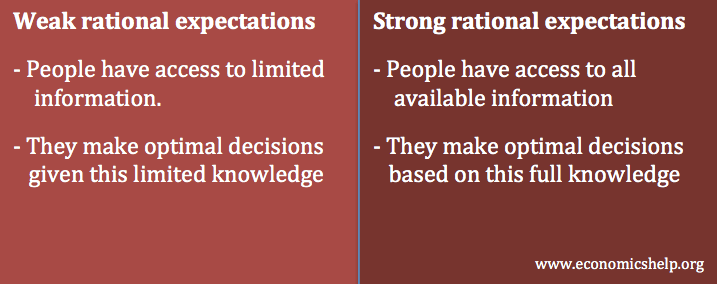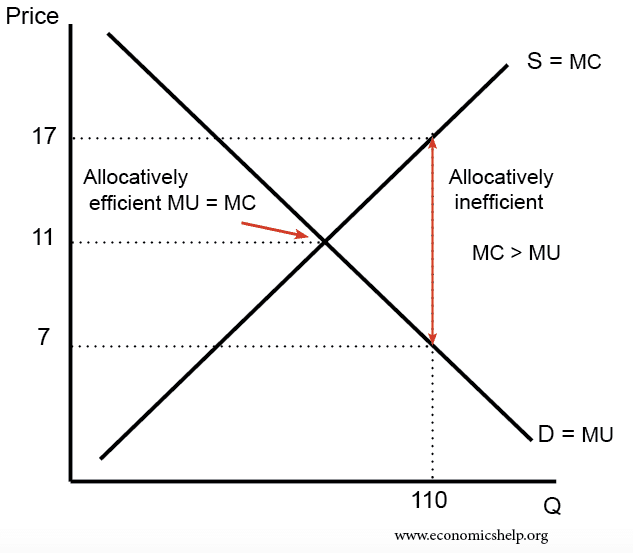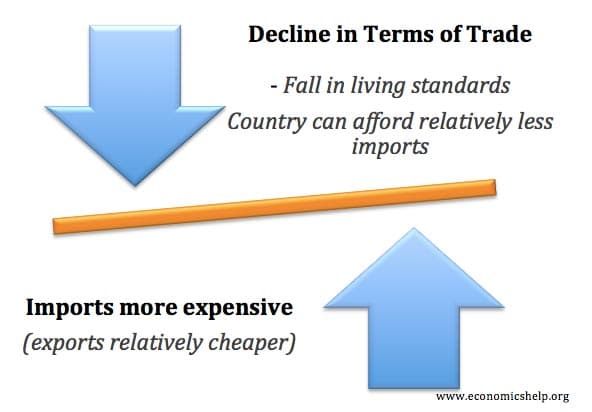Credit crunch explained
The credit crunch refers to a sudden shortage of funds for lending, leading to a decline in loans available. A credit crunch can occur for various reasons: Sudden increase in interest rates (e.g. in 1992, UK government increased rates to 15%) Direct money controls by the government (rarely used by Western Governments these days) A …




